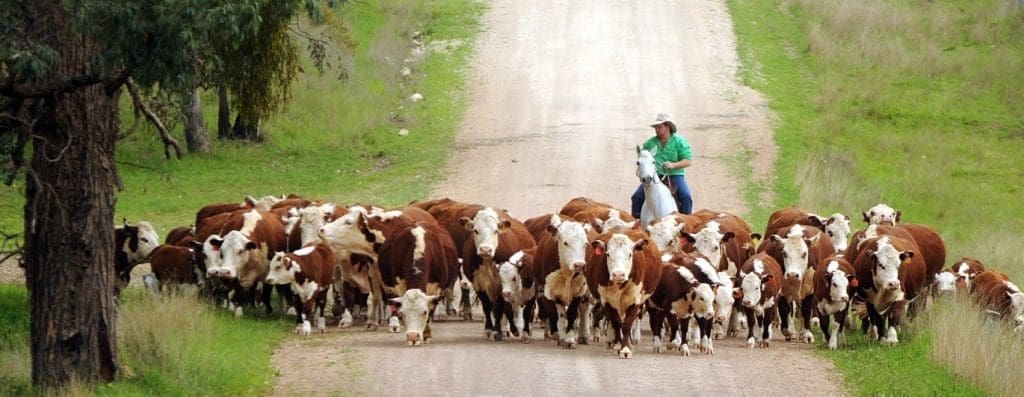
While a largely recovered Australian dollar explains some of the downward pressure, weak global demand fundamentals for some commodities will be an issue over the coming months, says National Australia Bank, in its latest Rural Commodity Wrap.
On the other hand, a second wave is well underway in some countries. Here in Australia – which has to date effectively supressed the virus – an outbreak in Victoria is being closely watched.
There are already reports of panic buying in Melbourne. If there is an uptick in this activity, some commodities may see a demand surge as was seen in March, although this has yet occurred in earnest.
Another spanner in the works is the recent coronavirus outbreak in Beijing. The Chinese Government claims the outbreak was spread through imported salmon and has now moved to increase restrictions on some imported meat products, including some US chicken. Whether this is good, bad or indifferent for Australian agriculture remains to be seen, but it does highlight the ongoing risks associated with global trade during a pandemic.
Risks ahead for beef prices
For beef, strong restocker demand, driven by a national cattle herd at 25 year lows and producers looking to rebuild in response to improved seasonal conditions, saw the Eastern Young Cattle Indicator reach a record high of 772c/kg in mid-June.
While buying activity is expected to continue as long as it keeps raining, NAB agribusiness economist Phin Ziebell outlined substantial risks for the sustainability of cattle prices amid a global pandemic, in the latest NAB Rural Commodities Wrap.
Firstly, demand for Australian beef in three of Australia’s largest beef export markets (South Korea, Japan and China) is expected to remain subdued while the COVID-19 pandemic continues.
Processor capacity is also likely to be an ongoing wildcard if COVID-19 continues unchecked, particularly in Brazil and the US, with US domestic beef supply disrupted by outbreaks at processors.
Mr Ziebell said while the strength in the restocker market was high amid improved seasons in many areas, Australia’s cattle market could not remain detached from global fundamentals forever.
“With Australian cattle prices moving in the opposite direction to beef prices globally, prices will likely fall once restocker demand is met,” he said.
Overall, agricultural markets have proved a mixed bag recently, with the NAB Rural Commodities Index recording a slight drop of 3.3pc in May.
NAB expects domestic feed grain prices to continue to soften, should favourable seasonal conditions continue.
Sustained sheep prices are also sitting at near record highs on restocker demand and improved seasonal conditions. The National Trade Lamb Indicator remains remarkably buoyant in the high 800c/kg range.
“Ongoing weakness across fibres, sugar and more recently dairy (particularly cheddar), a function of weak global demand fundamentals and a largely recovered AUD, is concerning,” Mr Ziebell said.
The Bureau of Meteorology’s three-month outlook to September points to a wet winter and early spring across most of the country, although the Western Australia wheatbelt is forecast to be average and parts of Victoria, South Australia, and Tasmania below average.
The A$ has rallied from its lows in April and is currently sitting in the high US60c range, with NAB forecasting an increase to US72c and US75c by the end of 2020 and 2021, respectively.
